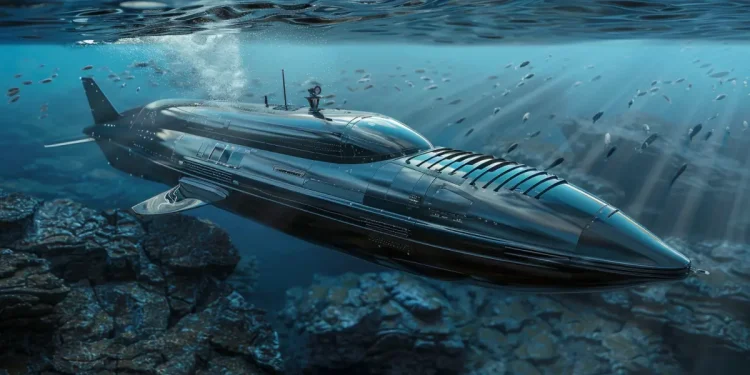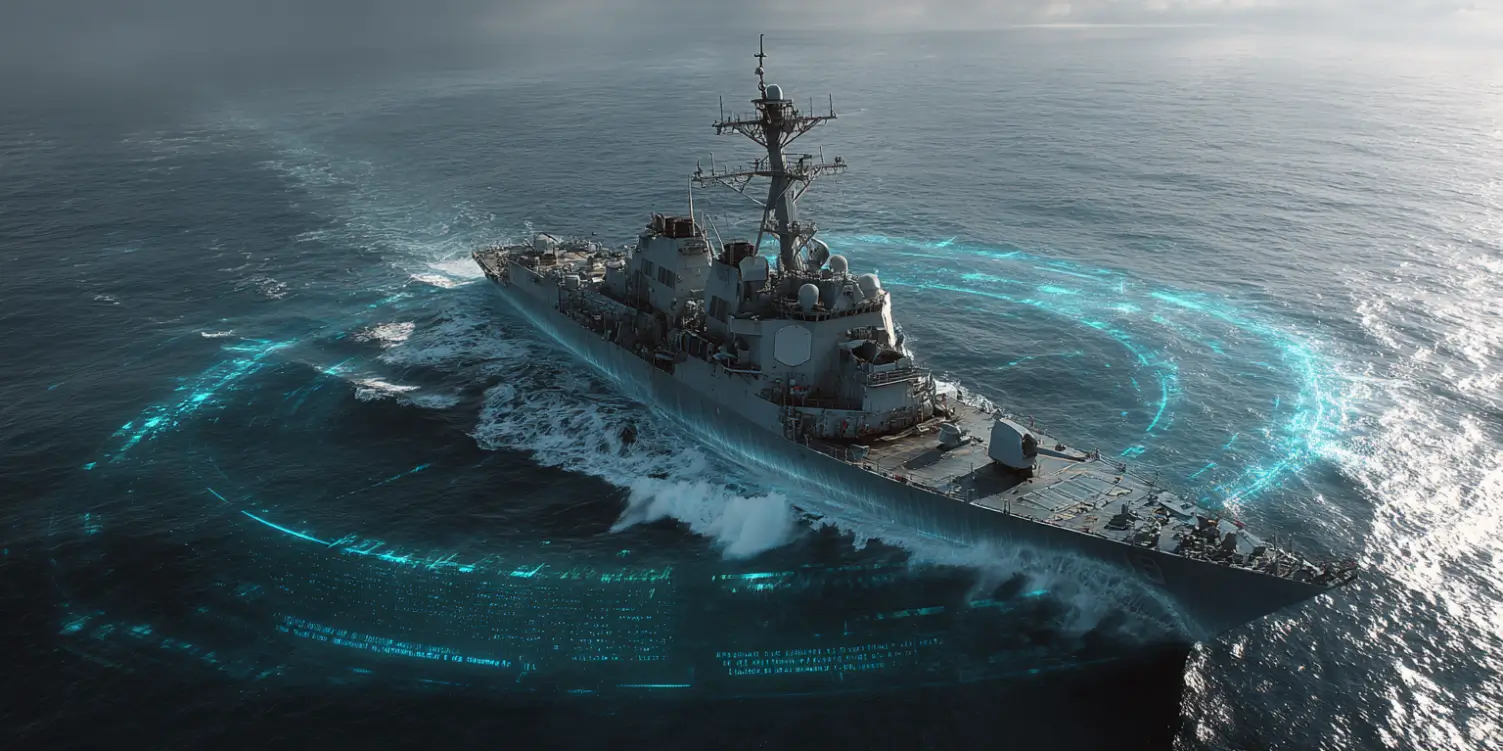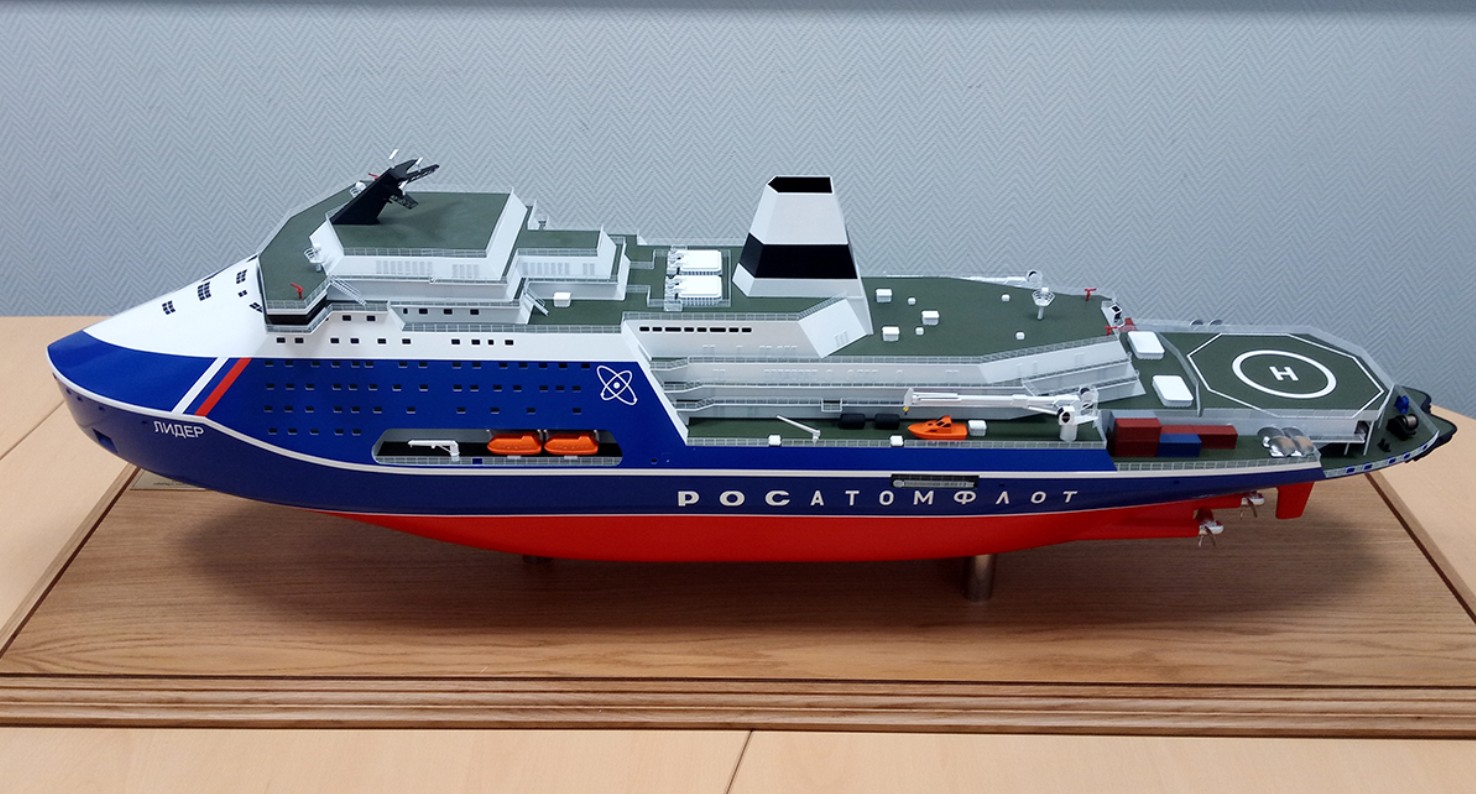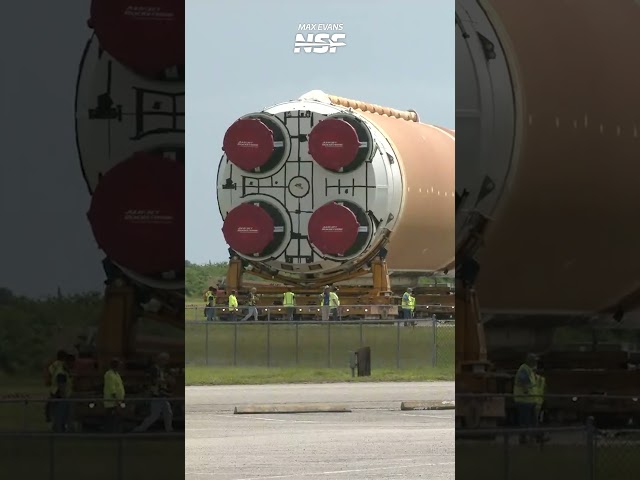Battery powered submarines represent a significant technological advancement in naval engineering, offering both military and civilian applications. These advanced underwater vessels utilize rechargeable batteries to power their propulsion systems, providing a quieter, more environmentally friendly alternative to traditional diesel-electric submarines.
Battery powered submarines operate on a relatively simple yet highly efficient principle. They are equipped with powerful battery banks that store electrical energy. These batteries are typically charged while the submarine is docked at a naval base or port. Once submerged, the submarine relies on the stored electrical energy to power its electric motors, which drive the propellers and various onboard systems.
This method of propulsion offers several advantages over conventional methods:
- Silent Operation: Electric motors are much quieter than diesel engines, making battery powered submarines nearly undetectable by enemy sonar systems.
- Environmental Impact: Electric propulsion generates no emissions, reducing the submarine’s carbon footprint and minimizing its impact on marine life.
- Reduced Heat Signature: Electric systems produce less heat than diesel engines, making the submarine harder to detect using thermal imaging.
Applications in Military and Civilian Sectors
Battery powered submarines have a variety of applications in both military and civilian sectors:
- Military Applications: For military forces, the stealth capabilities of battery powered submarines are invaluable. They can conduct reconnaissance missions, gather intelligence, and perform covert operations with minimal risk of detection.
- Civilian Applications: In the civilian sector, battery powered submarines can be used for scientific research, underwater archaeology, and environmental monitoring. Their quiet operation minimizes disruption to marine ecosystems, making them ideal for studying marine life and geological formations.
Advancements in Battery Technology
Recent advancements in battery technology have played a crucial role in the development of battery powered submarines. Some of the notable advancements include:
- Lithium-Ion Batteries: Modern submarines often use lithium-ion batteries, which offer a higher energy density and longer lifespan compared to traditional lead-acid batteries. This allows submarines to operate for extended periods without recharging.
- Solid-State Batteries: Researchers are exploring the use of solid-state batteries, which have the potential to offer even greater energy density and safety. These batteries are less prone to overheating and have a lower risk of leakage.
- Rapid Charging Technology: Advances in rapid charging technology enable submarines to recharge their batteries more quickly, reducing downtime and increasing operational efficiency.
Challenges and Future Prospects
Despite their numerous advantages, battery powered submarines also face several challenges:
- Energy Density: While battery technology has improved, there is still a limit to the amount of energy that can be stored in a given volume. This limits the range and endurance of battery powered submarines compared to nuclear-powered alternatives.
- Cost: The development and production of advanced battery systems can be expensive, making battery powered submarines a significant investment for military and civilian operators.
- Operational Factors: Submarines must periodically surface to recharge their batteries, which can increase the risk of detection. This challenge is mitigated by the development of more efficient batteries and rapid charging systems.
Looking ahead, continued research and development in battery technology hold the promise of overcoming these challenges. As energy storage solutions become more advanced, battery powered submarines are likely to see increased adoption in both military and civilian contexts.
Technical Specifications
The technical specifications of battery powered submarines can vary widely depending on the model and intended use. Here is a table summarizing some key specifications:
| Specification | Description |
|---|---|
| Battery Type | Lithium-Ion / Solid-State |
| Submersion Depth | Up to 300 meters |
| Speed | 10-25 knots |
| Endurance | Several days to a few weeks |
| Displacement | 500-3,000 tons |
As battery technology continues to advance, the capabilities of battery powered submarines will inevitably improve. This will open up new possibilities for naval warfare, scientific discovery, and environmental conservation. The silent operation and low environmental impact of these submarines make them an attractive option for navies and researchers alike.
Ultimately, battery powered submarines represent a step forward in the pursuit of sustainable and efficient underwater exploration. Their potential to revolutionize both military and civilian applications cannot be understated, and ongoing innovations in battery technology will only enhance their effectiveness and appeal.









